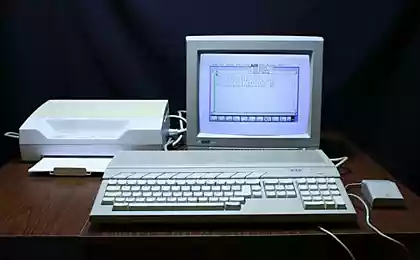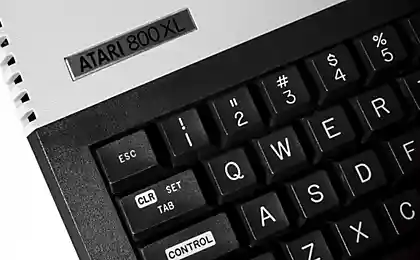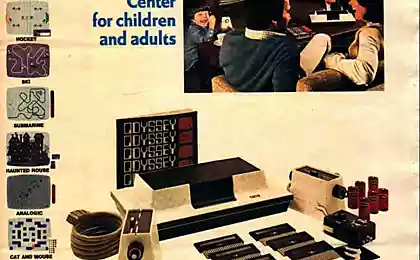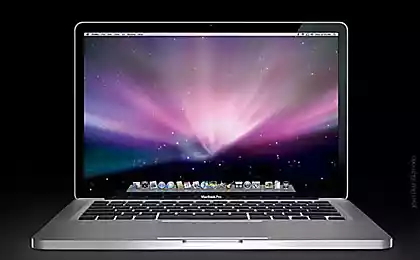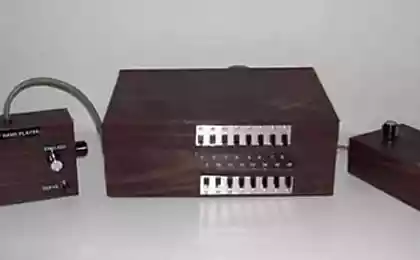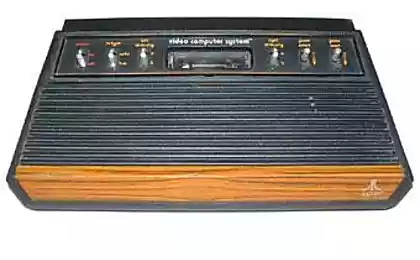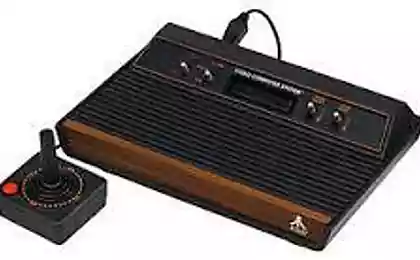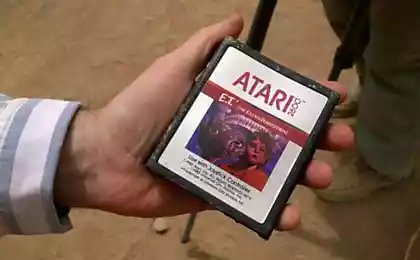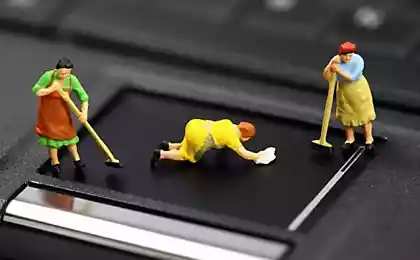700
Atari Portfolio - John Connor laptop
Surely you noticed the computer, with which the young John Connor in Terminator 2 hacked PIN-code ATM, and the access code to the laboratory. This computer was Atari Portfolio. At the time of the movie (1991-th year), it seemed something beyond fantasy ...
Specifications Atari Portfolio:
Processor: 80C88 @ 4.9152 MHz (C means CMOS version, with low energy consumption)
RAM: 128 kB
ROM: 256 kB
Power supply: 3 AA batteries or power supply
OS: DIP DOS 2.11, compatible with MS DOS 2.11 / 3
Screen: LCD 240x64, or 40 x 8-character (compatible with MDA).
Expansion slot: Additional modules LPT, COM, MIDI, Modem
Memory Expansion: proprietary memory card to static memory
Dimensions and weight: 200x100x28mm 454 grams without batteries.
Year: 1989
12 photos + video via 24gadget
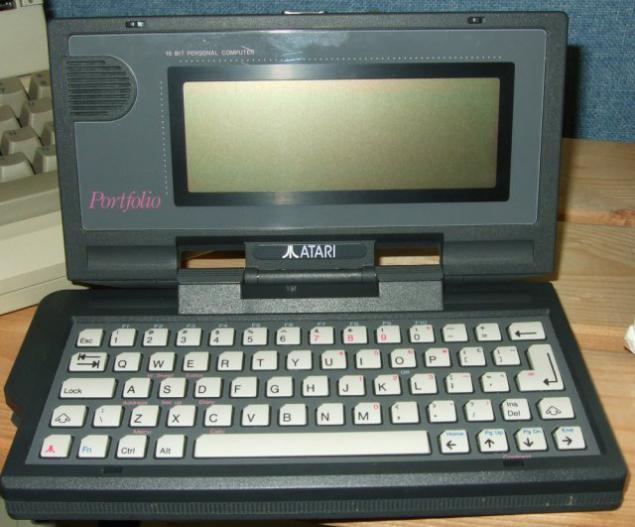
...
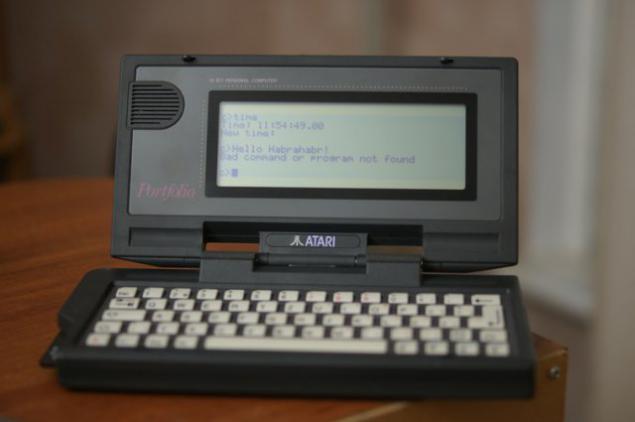
The keyboard, for comparison - human fingers:
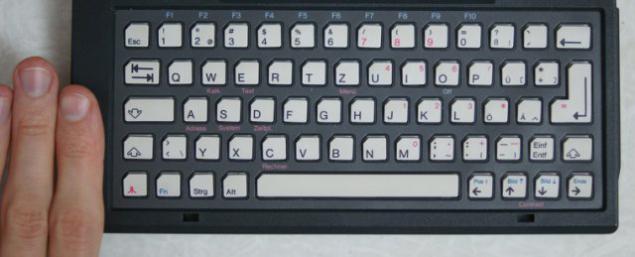
Built spreadsheets:
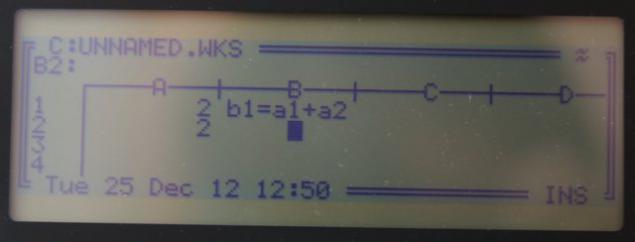
Calendar. As you can see, is not expected any problems of 2000 or the end of the world:
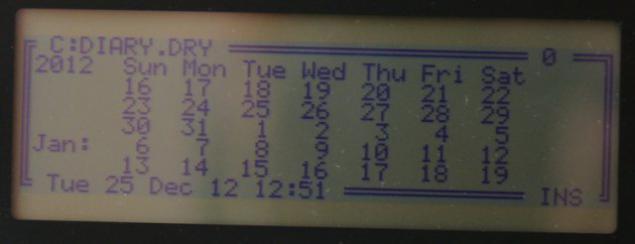
Text Editor:
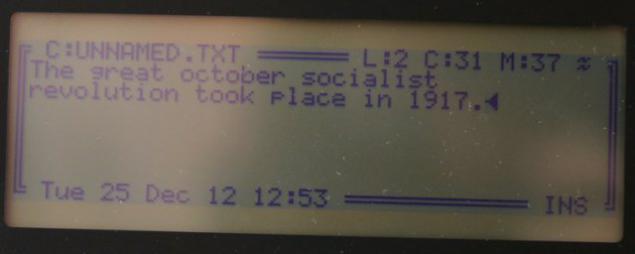
On the whole 30KB system disk space:
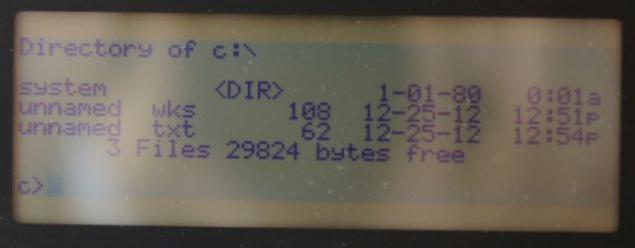
If this is not enough - you can connect a memory card, which are drive A:
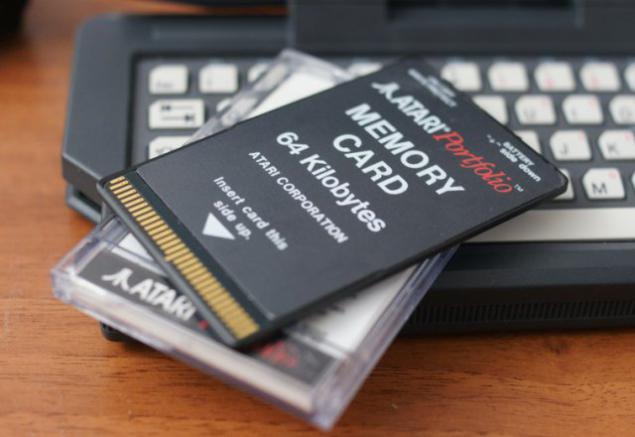
Rapid flash did not yet exist, so there static memory (SRAM), which requires the battery to store the data (enough for 2 years):
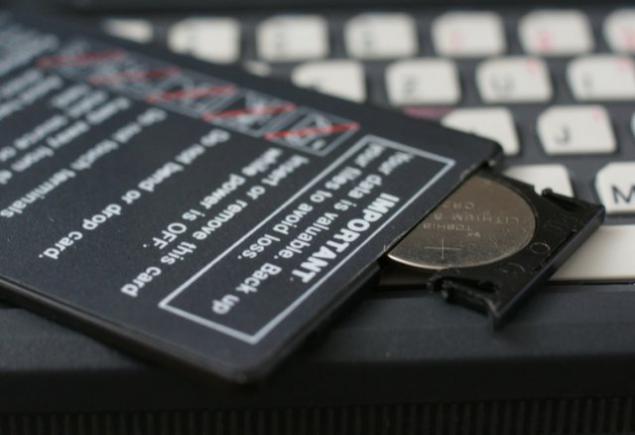
Reader:
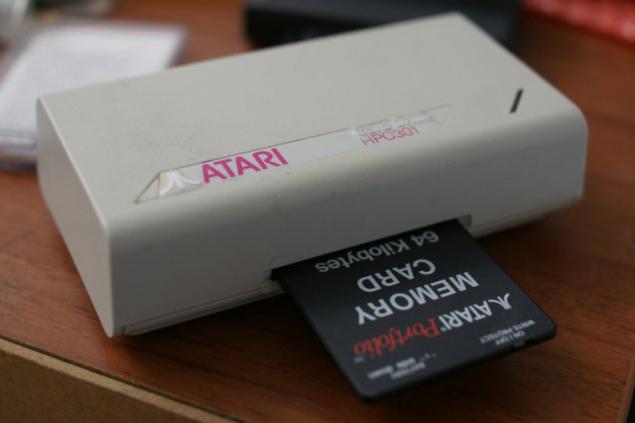
Made in Japan - so now you can surprise:
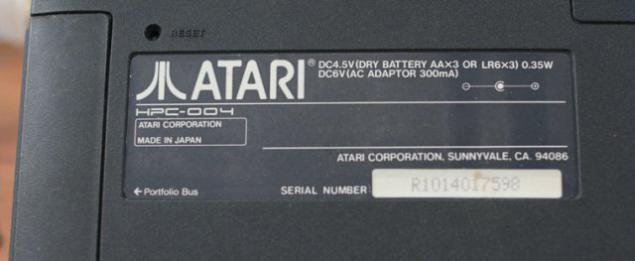
LPT-port expansion module:
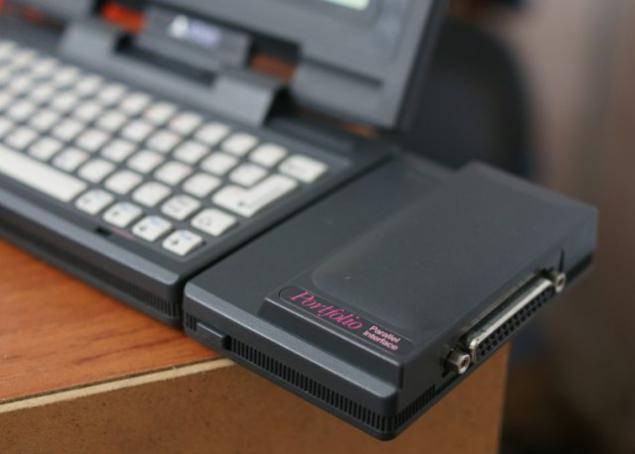
Software and documentation.
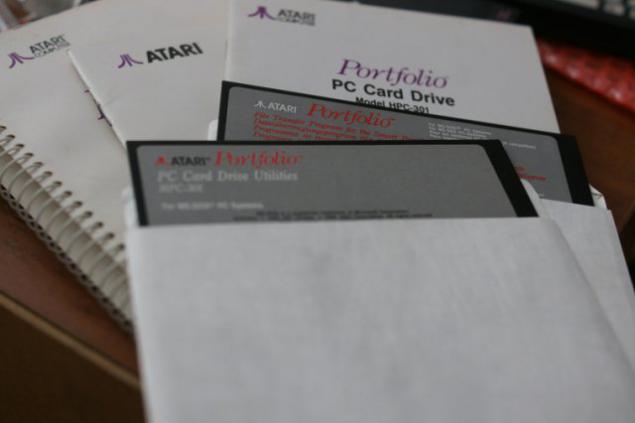
Hours and conclusion
As a result of measurement, while the current consumption - 45mA, respectively, the battery pack (2700 mA / h) will be enough for 60 hours (!!!) work.
Modern laptops nervously smoking in aside - typing text can be here and there, but after like Ultrabooks Intel i7 sit on batteries - Atari Portfolio will be another 50 hours of work.
There are still amateur sites with software for the Portfolio - the main thing do not panic a little bit old-fashioned design.
Use as directed, it is quite possible until now - such as RS232 terminal, or some technical programs. The interface itself does not pull up and running very quickly - respectively can work comfortably as possible with a keyboard of this size.
Source:
Specifications Atari Portfolio:
Processor: 80C88 @ 4.9152 MHz (C means CMOS version, with low energy consumption)
RAM: 128 kB
ROM: 256 kB
Power supply: 3 AA batteries or power supply
OS: DIP DOS 2.11, compatible with MS DOS 2.11 / 3
Screen: LCD 240x64, or 40 x 8-character (compatible with MDA).
Expansion slot: Additional modules LPT, COM, MIDI, Modem
Memory Expansion: proprietary memory card to static memory
Dimensions and weight: 200x100x28mm 454 grams without batteries.
Year: 1989
12 photos + video via 24gadget

...

The keyboard, for comparison - human fingers:

Built spreadsheets:

Calendar. As you can see, is not expected any problems of 2000 or the end of the world:

Text Editor:

On the whole 30KB system disk space:

If this is not enough - you can connect a memory card, which are drive A:

Rapid flash did not yet exist, so there static memory (SRAM), which requires the battery to store the data (enough for 2 years):

Reader:

Made in Japan - so now you can surprise:

LPT-port expansion module:

Software and documentation.

Hours and conclusion
As a result of measurement, while the current consumption - 45mA, respectively, the battery pack (2700 mA / h) will be enough for 60 hours (!!!) work.
Modern laptops nervously smoking in aside - typing text can be here and there, but after like Ultrabooks Intel i7 sit on batteries - Atari Portfolio will be another 50 hours of work.
There are still amateur sites with software for the Portfolio - the main thing do not panic a little bit old-fashioned design.
Use as directed, it is quite possible until now - such as RS232 terminal, or some technical programs. The interface itself does not pull up and running very quickly - respectively can work comfortably as possible with a keyboard of this size.
Source:
